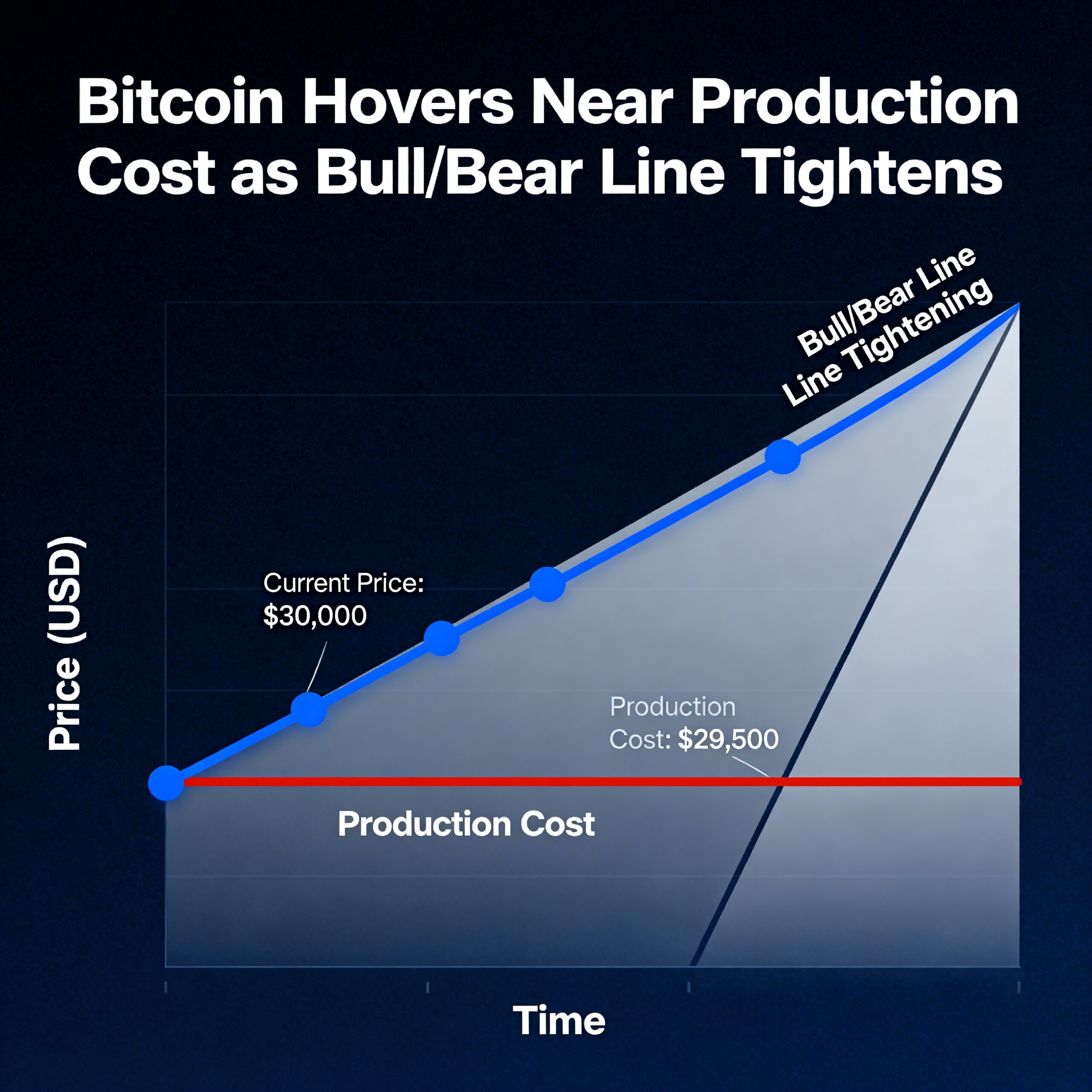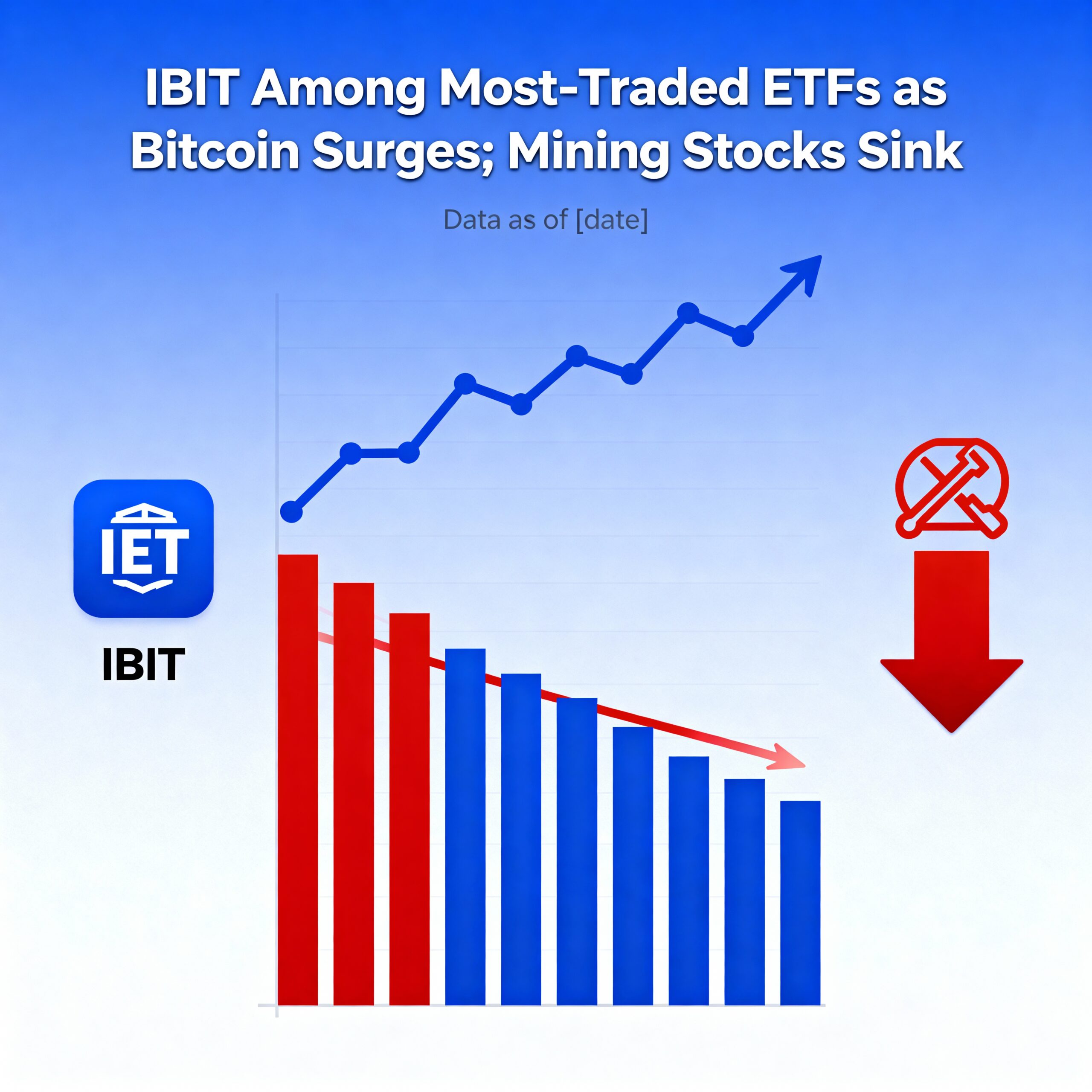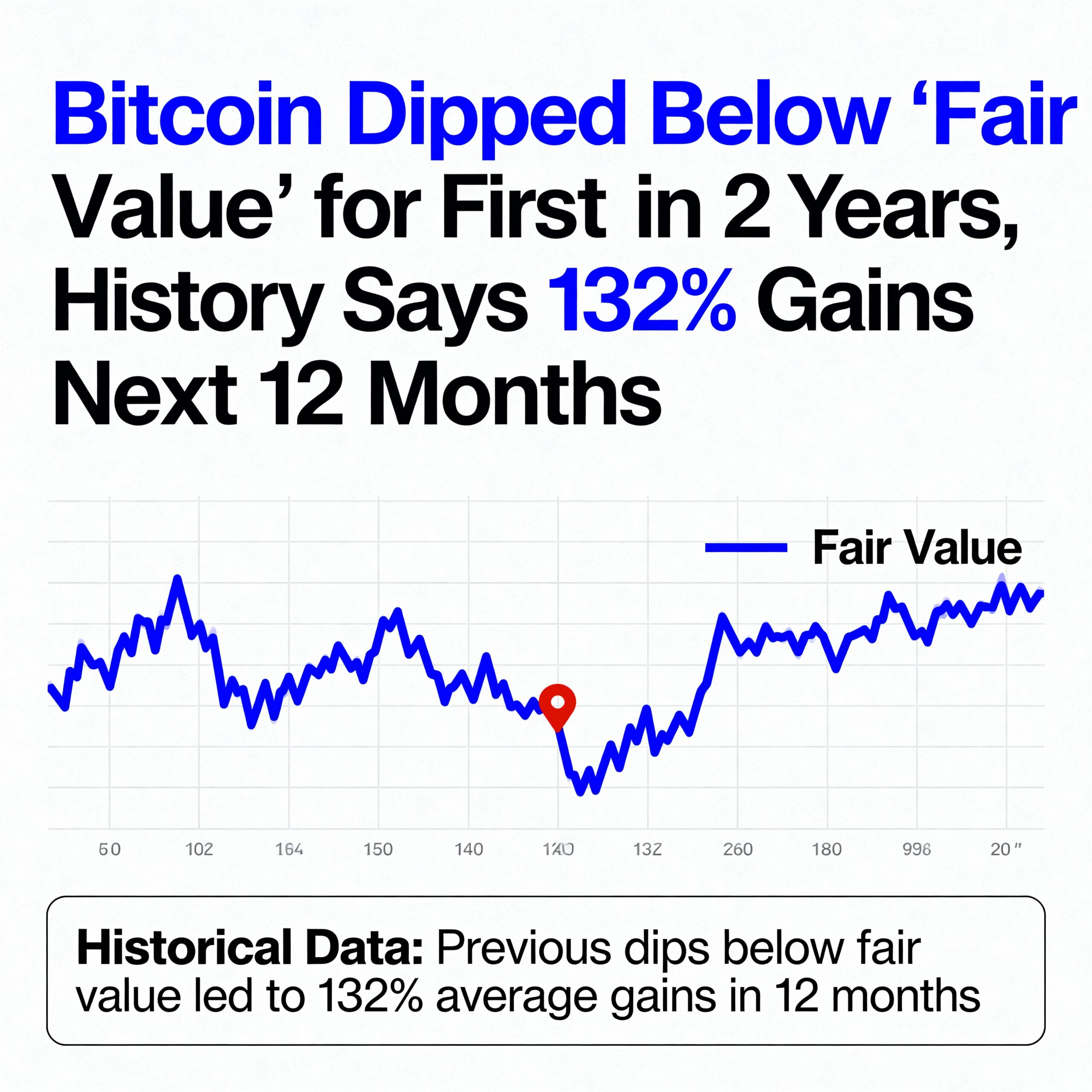
Ethereum’s current market position shows signs of being undervalued relative to Bitcoin, suggesting that ETH could be poised for outperformance. However, the potential for a swift recovery may be more complicated than it appears, as concerns over rising supply, flat demand, and changes to network mechanics could limit Ethereum’s immediate upside.
According to on-chain data from CryptoQuant, the ETH/BTC ratio has fallen to historically low levels, with the market value to realized value (MVRV) ratio now at a multi-year low. The MVRV ratio compares the current market cap of a token to its realized capitalization, reflecting the average price at which coins in circulation were last moved. When this ratio drops, it typically signals undervaluation, which has often preceded periods of ETH outperformance against Bitcoin.
The ETH/BTC ratio peaked at 0.08 in late 2021 but has since fallen over 75%, currently sitting at 0.019. While this drop typically signals a buying opportunity, the situation is more complex given several key factors.
Ethereum’s core network activity has shown little growth since the last bull market. Key metrics like transaction volume and the number of active addresses have remained flat, signaling a lack of momentum in Ethereum’s adoption. This stagnation is compounded by the increasing total supply of ETH, which is rising in tandem with a sharp decline in transaction fees burned.
The decrease in burned ETH is largely a result of the Dencun upgrade, implemented in March 2024, which significantly lowered transaction fees on the Ethereum network. While this change was beneficial for users by reducing costs, it has also led to a drop in the deflationary pressure on ETH, making it harder for the token’s value to appreciate.
The growth of Layer 2 solutions, such as Arbitrum and Base, has also diverted activity from Ethereum’s mainnet. This shift reduces base-layer transaction fees and weakens the overall demand for ETH, further diluting its value proposition as a primary asset for DeFi and other decentralized applications.
Institutional interest in Ethereum has cooled, as reflected in a decline in staked ETH. The total amount of ETH staked has decreased from a peak of 35.02 million ETH in November 2024 to 34.4 million ETH. This drop suggests that institutional investors may be seeking more liquid positions, reducing their exposure to Ethereum amid uncertain market conditions.
Additionally, the amount of ETH held in investment products like ETFs has fallen by 400,000 ETH since early February, further signaling a decline in institutional demand.
While Ethereum faces challenges, Bitcoin continues to perform strongly, recently nearing $100,000 as it cements its position as a safe-haven asset for investors seeking stability amid macroeconomic uncertainty.





















